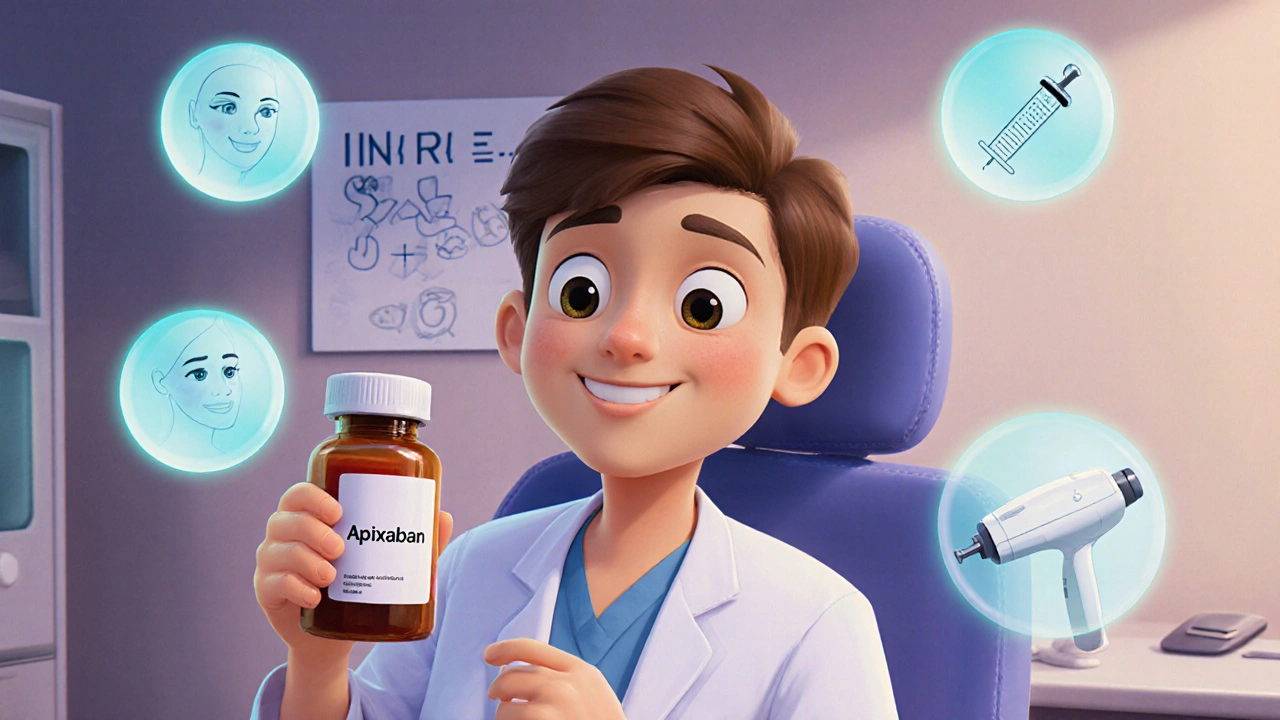Anticoagulants: What They Are, How They Work, and What You Need to Know
When your blood clots too easily, it can lead to strokes, heart attacks, or deadly blockages in your lungs. That’s where anticoagulants, medications that slow down the blood’s ability to form clots. Also known as blood thinners, they don’t actually thin your blood—they just make it harder for clots to form. These drugs aren’t optional for people with atrial fibrillation, deep vein thrombosis, or artificial heart valves. Skip them, and you’re gambling with your life. Take them wrong, and you’re gambling with your life too.
Anticoagulants don’t work alone. They’re part of a bigger picture that includes drug interactions, how one medicine changes the effect of another. Mixing anticoagulants with common painkillers, antibiotics, or even herbal supplements like St. John’s wort can turn a safe dose into a dangerous one. That’s why pharmacists and doctors need to talk—something you’ll see covered in posts about healthcare team collaboration, how different providers work together to catch risks before they hurt you. One wrong combo can lead to uncontrolled bleeding, or worse, a clot that slips through. And if you’re on warfarin, your diet matters too. Vitamin K in leafy greens can undo its effect. It’s not magic—it’s chemistry.
Some people think anticoagulants are only for older adults. Not true. Younger people with genetic clotting disorders, cancer patients, or even those recovering from major surgery need them too. And they’re not just pills. Some come as injections or IV drips. Newer ones like apixaban and rivaroxaban don’t need regular blood tests like warfarin does—but they still require careful timing and awareness of side effects. Bleeding isn’t always obvious. A bruise that won’t fade, pink urine, or a headache that won’t quit could be warning signs. That’s why understanding the difference between a side effect, an expected reaction to a drug and a true allergic reaction, your immune system attacking the drug matters. One you can manage. The other? You stop the drug, immediately.
There’s also a hidden risk: drug-induced DIC, a life-threatening condition where the body uses up its clotting factors and starts bleeding everywhere. It’s rare, but anticoagulants can trigger it in people with certain infections or cancers. Recognizing the early signs—unexplained bruising, bleeding gums, low platelet counts—can save a life. That’s why posts here don’t just list drugs. They show you how to connect the dots between symptoms, medications, and outcomes.
You’ll find real stories here—not theory. How a pharmacist caught a dangerous mix between an anticoagulant and an antibiotic. Why someone on rivaroxaban needed a different painkiller after knee surgery. How a simple change in timing prevented a hospital trip. These aren’t abstract medical concepts. They’re everyday decisions that keep people alive. The posts below give you the facts you need to ask the right questions, spot red flags, and work with your care team—not just take a pill and hope for the best.

